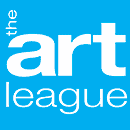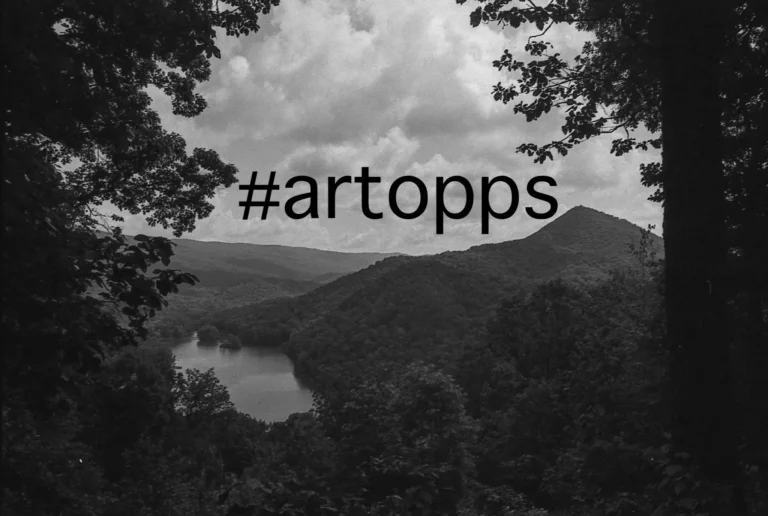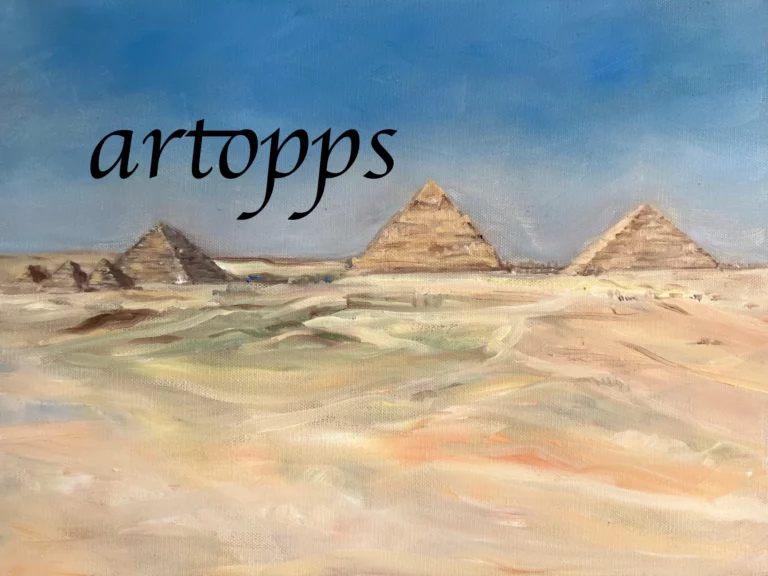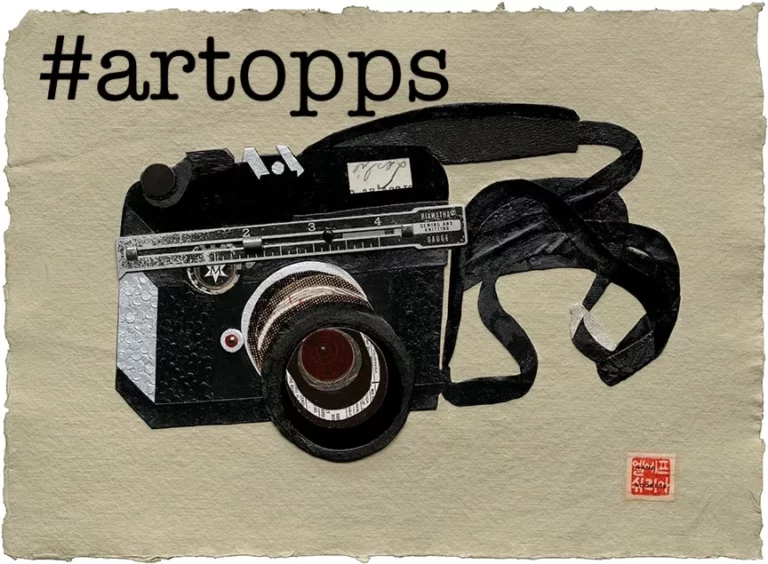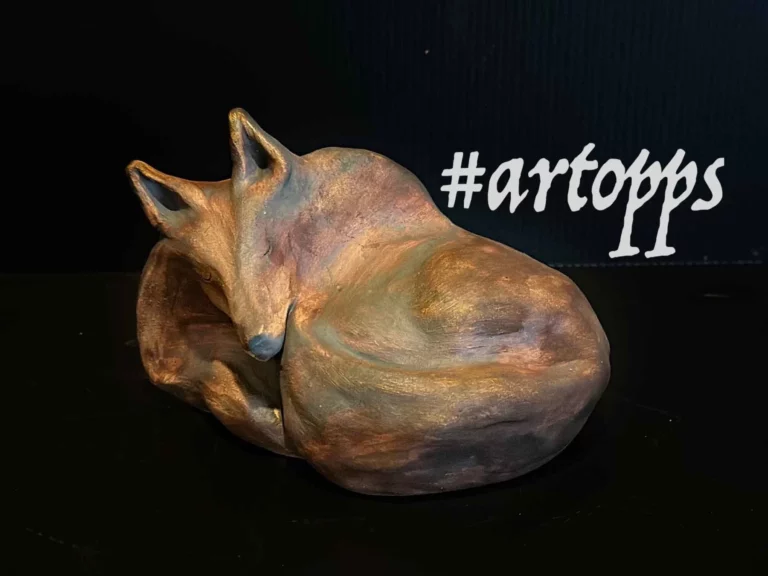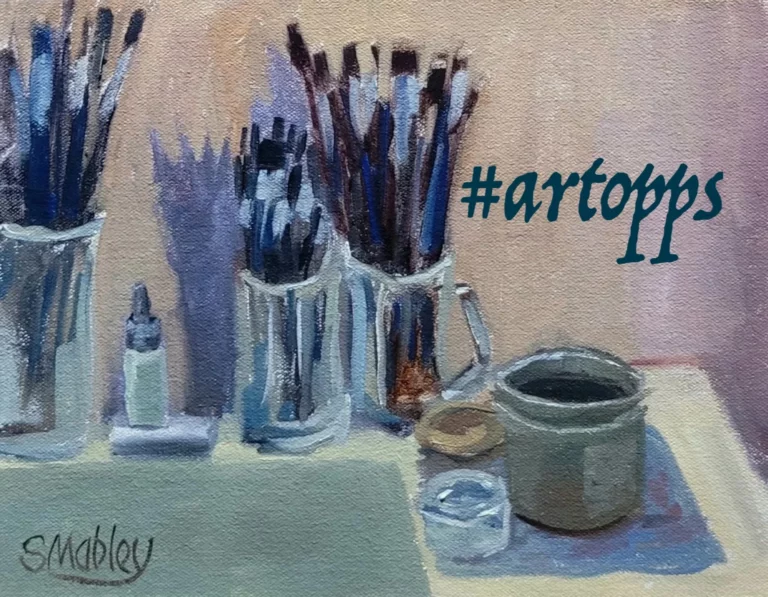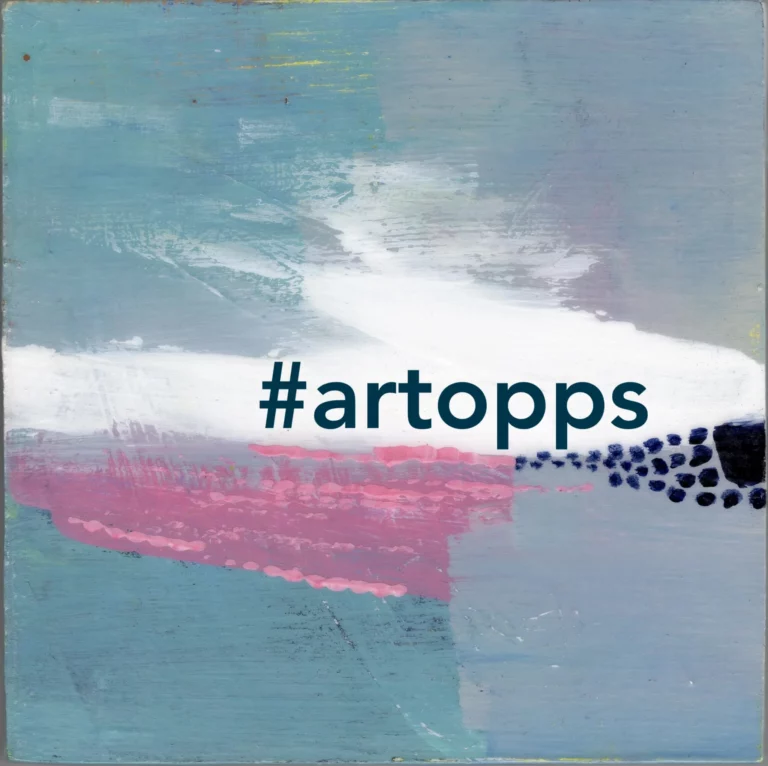Q&A with Fiber Artist Kevin McCarthy
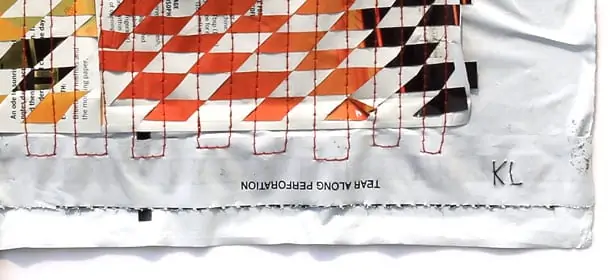

Where does Purpose come from? It’s made from re-used packaging materials. It comes from Haiti, where the creator invented a process to turn ubiquitous trash into fabric. And it also comes from the hands and mind of Kevin McCarthy, the artist recognized this month with the Anne Banks Collage Award in the “Bits & Pieces” exhibit. She explained the origins of Purpose in our Q&A:
How did Purpose come to be?
Kevin McCarthy: Purpose was made using a process that I developed to make fabric out of trash when I was living in Haiti. I was working with Haitian artisans in design and development, at the time. In Haiti, I was struck by all of the trash on the streets and in the environment. You could see layers of it in the ground that built up over the years, and people living all around it. I wondered if there was anything else that could be done with the “material” and realized that’s exactly what it was. I experimented and developed a process for repurposing this used packaging material into fabric that was functional, and also beautiful and conceptual. I made products with the fabric, and taught Haitian women how to weave and sew and we sold purses and other accessories to generate income for them. But I always thought the texture and the control the process offered was well suited for fiber art, and the process is completely unique. I have not seen it anywhere else.
What different processes and materials went into Purpose?
Purpose is made of coffee, butter, and shipping packaging that is woven and stitched.
As a fiber artist, how do found materials fit into your artwork?
Fiber is really quite broad because it can include materials other than those typically used to make fabric. Fabric can be made of anything, really. Using found materials lets me stretch the definitions and purpose of the raw materials I use, and of fabric structures.
I was raised outside of the United States — in West and East Africa — for the first eighteen years of my life. These are places where fabric is both functional and decorative, and often communicates things about an individual’s social role. To me, my work is about identity and culture. How do we define ourselves? More specifically, as a white American woman who never lived in the U.S. until the age of eighteen, how do I define myself? By pushing the boundaries and application of unusual materials — found materials — in my art, I can explore my own identity and definition of self.

The framing and presentation of my fiber art is also very much an intentional part of my artwork that I’m not sure people notice. I present my work in a box frame, splayed, behind glass, somewhat like an ancient textile fragment you might see in a museum. This presentation refers to the way we separate foreign cultures and practices from our own, what we are comfortable with. The way we preserve and examine its exoticness. It’s not necessarily bad or good; I just think it’s interesting because fabric is intimately tied to everyday life so it’s about people and how they live, what they believe, and what their values are.
When I go to exhibitions of textile and fiber artwork, I always want to touch the objects, even though I understand and appreciate the necessity to protect ancient fabric fragments and also more contemporary work. The glass and frame, in my work, is a physical representation of the conceptual barrier between the artwork, where it came from, what and whom it represents, and the viewer.
What is fiber art, and why are you a fiber artist?
Fiber art, to me, is more about process than anything else. It only partly has to do with materials used. Fiber art is different from textiles and fabric but rooted in textile-making techniques. A lot of it is sculptural and conceptual, like the work of Anni Albers (also a printmaker), Sheila Hicks, Yinka Shonibare, Nick Cave, and Olek. There are many artists who use fiber art elements, approaches and concepts in their work, like Magdalena Abakanovicz, Eva Hesse, Judy Chicago, and El Anatsui.
Fiber is everywhere, in every culture.
I am a fiber artist because I grew up around cultures in which textiles played a key role in communication. I also come from a family of artists, and my mom is a master knitter and a weaver, and she knows how to do almost any other fabric-related process you can imagine. She taught me to knit and weave when I was very young and she collected textiles and garments in the places we lived: Mali, Burkina Faso, and Kenya.
She always talked about how they were made and why they were important and beautiful. That’s where my understanding and appreciation for textiles came from and since I was raised in a family of artists, art-making was a natural form of communication and exploration for me. Also, my dad loves mechanics and is very good with his hands, and I think that really aligned in my mind with the skill that I appreciated in fiber work. Fiber art constantly entertains my mind and my hands. As I work, I think about personal and global social and cultural issues that I find both intellectually and physically intriguing and satisfying. Fiber is everywhere, in every culture. It communicates about and impacts people that are intertwined with our daily lives, whether we know it or not.

Is this part of a series? If so, how has the series changed up to this point?
This is part of a series. The first pieces are very monochromatic or black and white. Over the last year, I’ve experimented more with the pattern, even composition, that I can create by controlling the way I weave the pieces together. I’ve also experimented a little with using the non-colored side of the trash, which is usually silver, to create different effects. I’ve experimented a little bit with the inclusion of different kinds of plastic packaging material within the structure and on the surface. I’d like to go much much larger and create something that maybe even suggests movement and flexibility.
What are you working on now?
I’ve been doing a lot of very small embroideries with found materials including old photographs and tea bags. I like working small because it’s very portable, which fits my desire to travel and live abroad, and intimate. I can get fine detail and intricate effects, but I think it requires more attention from the viewer and gets overlooked more often than the larger work that sort of overwhelms you. I will keep working small, but I will also keep trying to push the process I used to make Purpose to create something more overwhelming.
Can't get enough?
Sign up for our weekly blog newsletter, subscribe to our RSS feed, or like us on Facebook for the latest Art League news. Visit our homepage for more information about our classes, exhibits, and events in Old Town Alexandria, Virginia.
